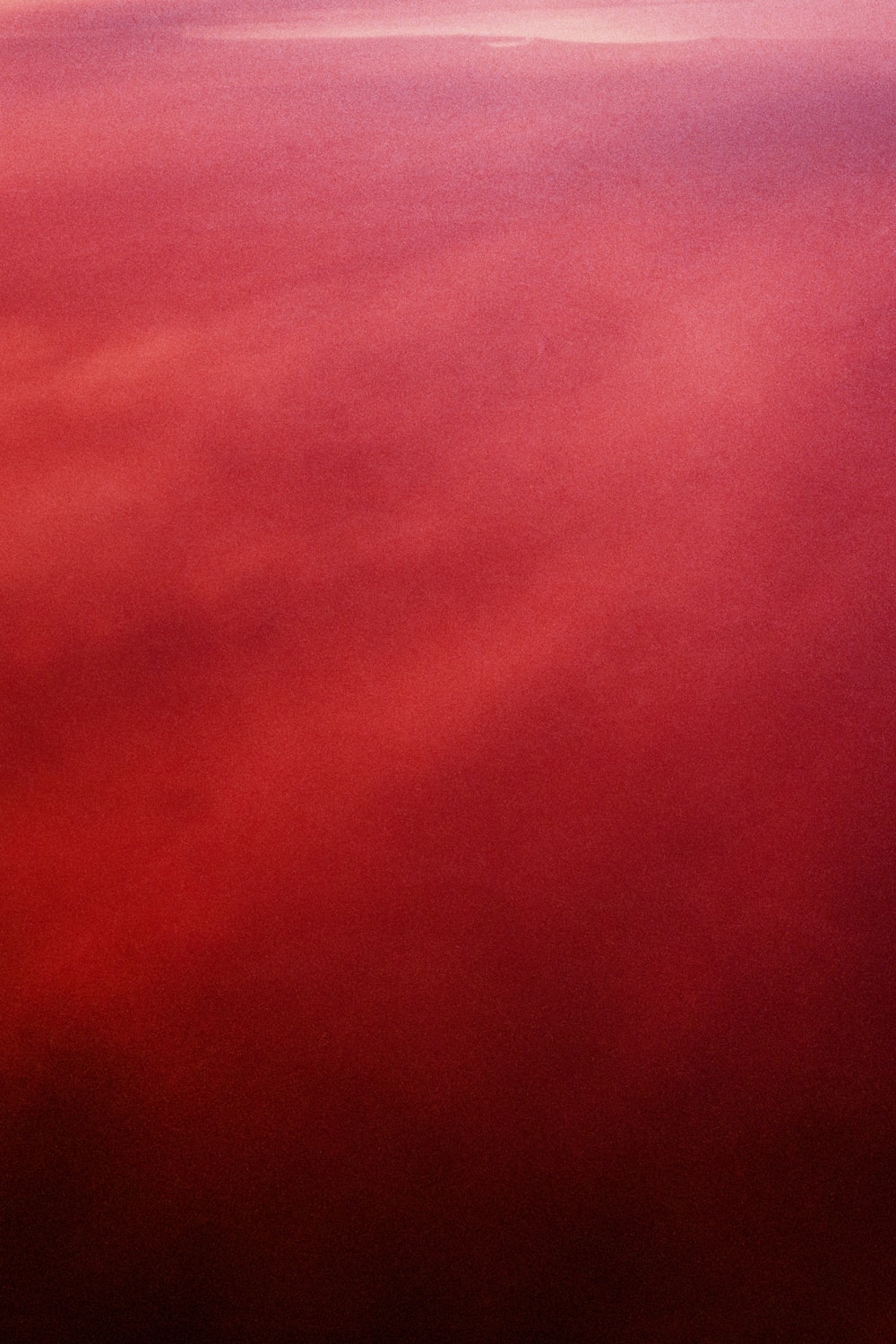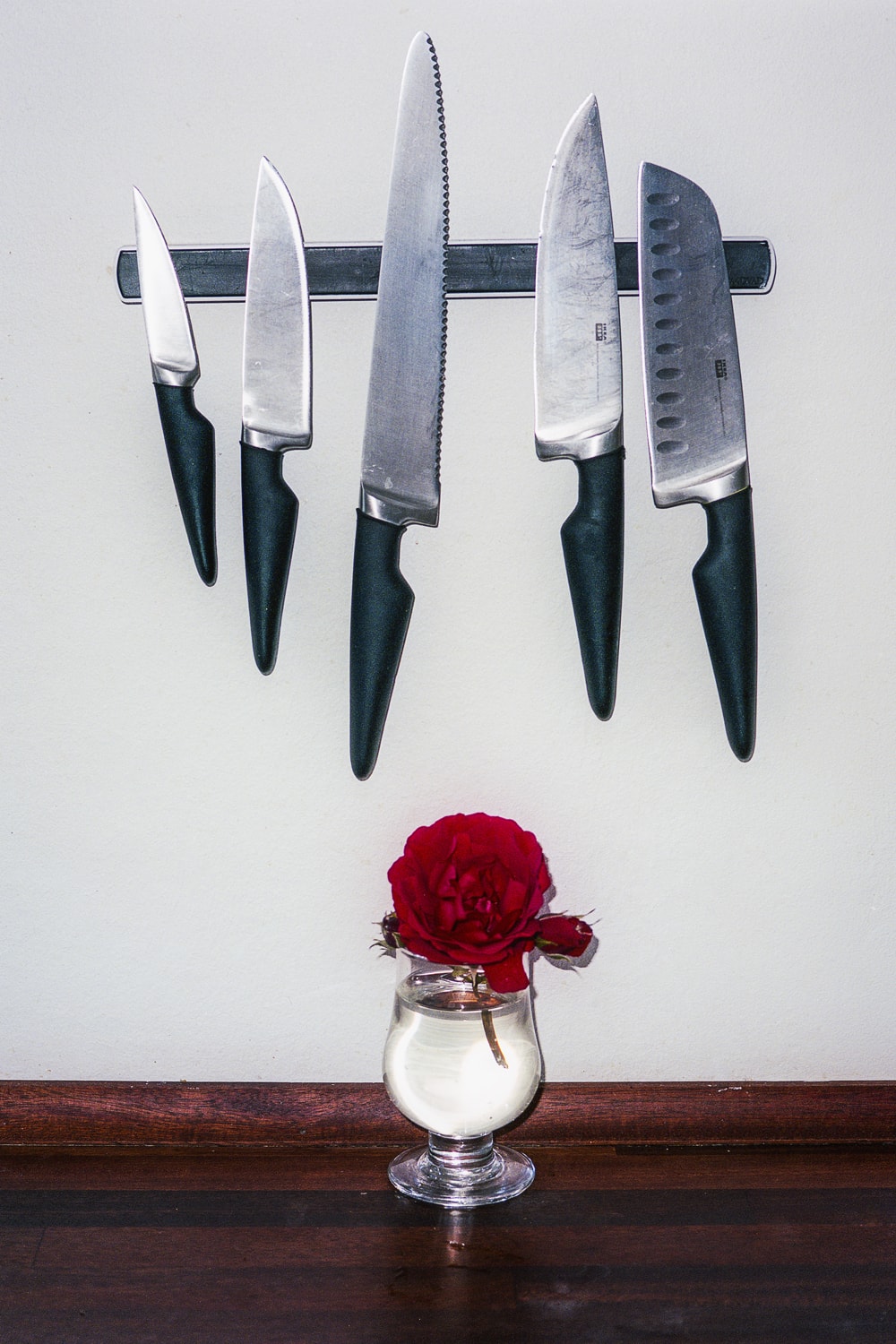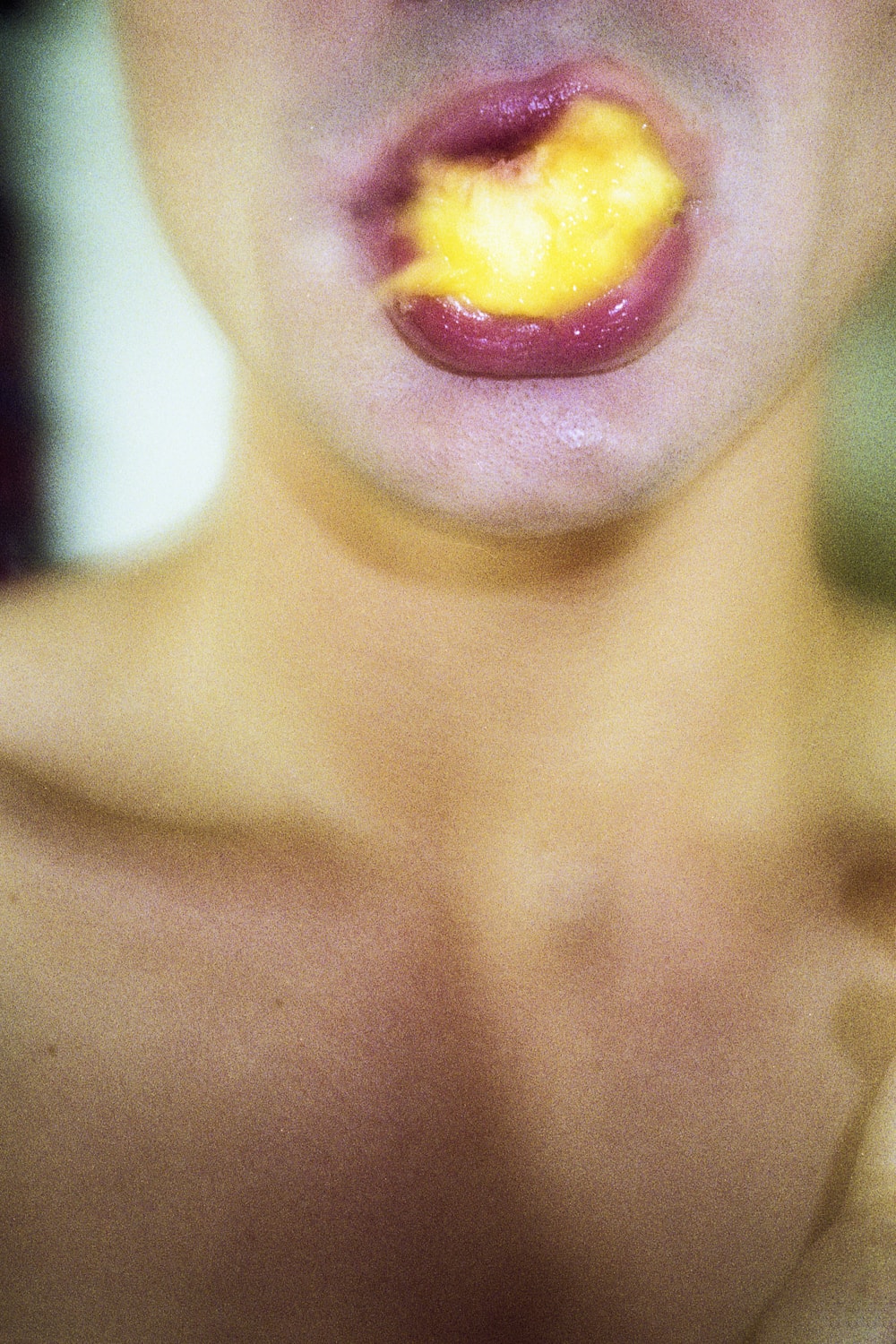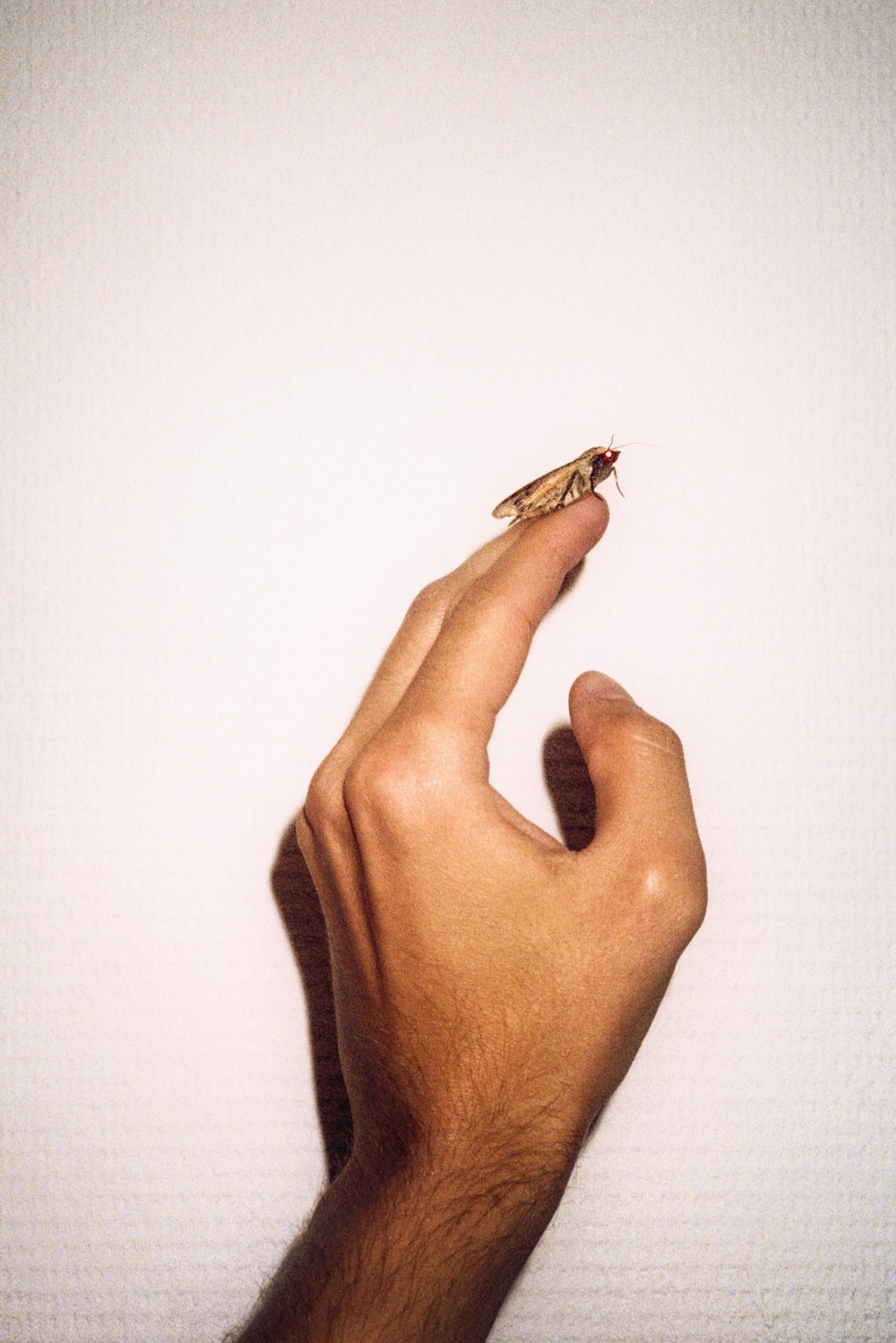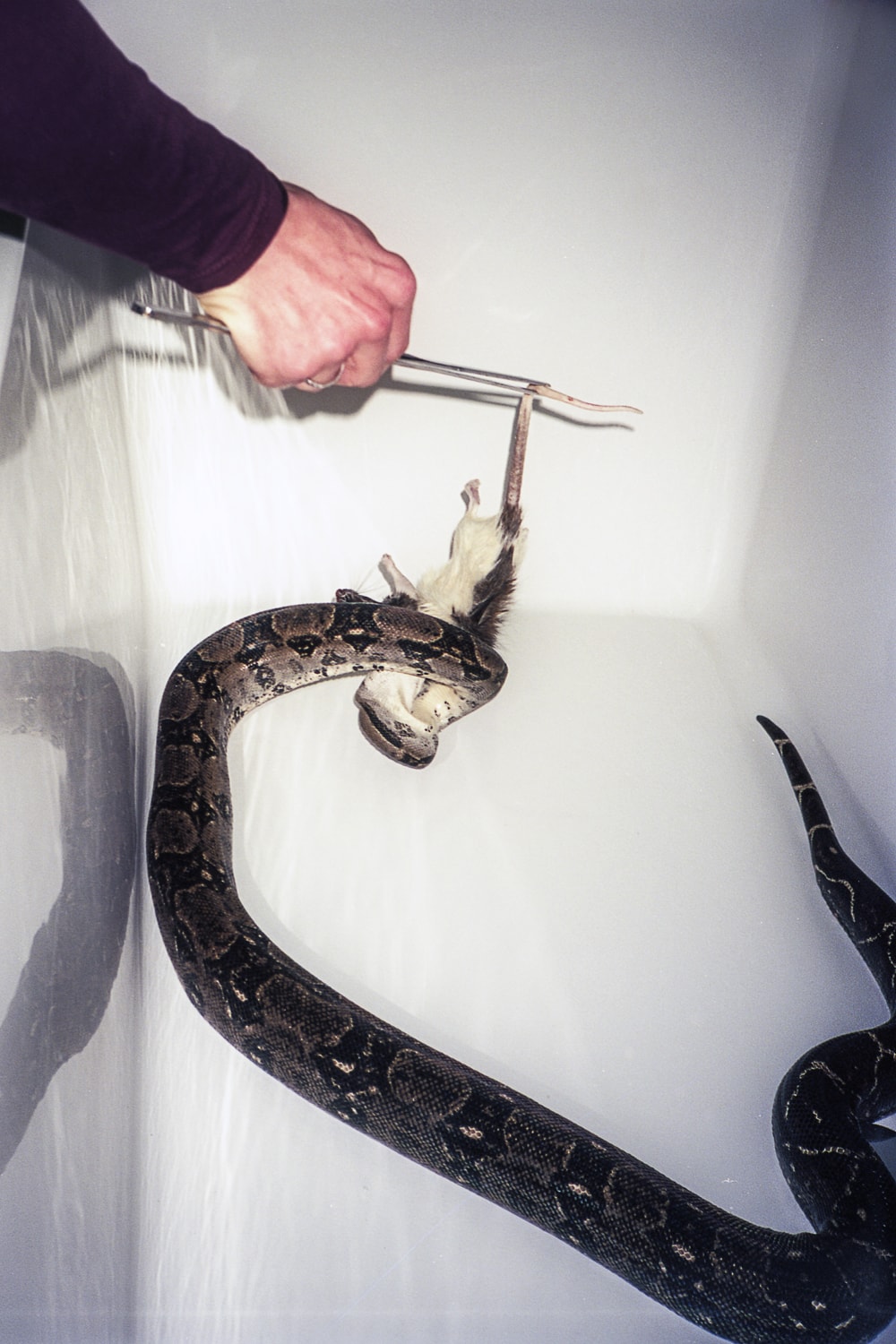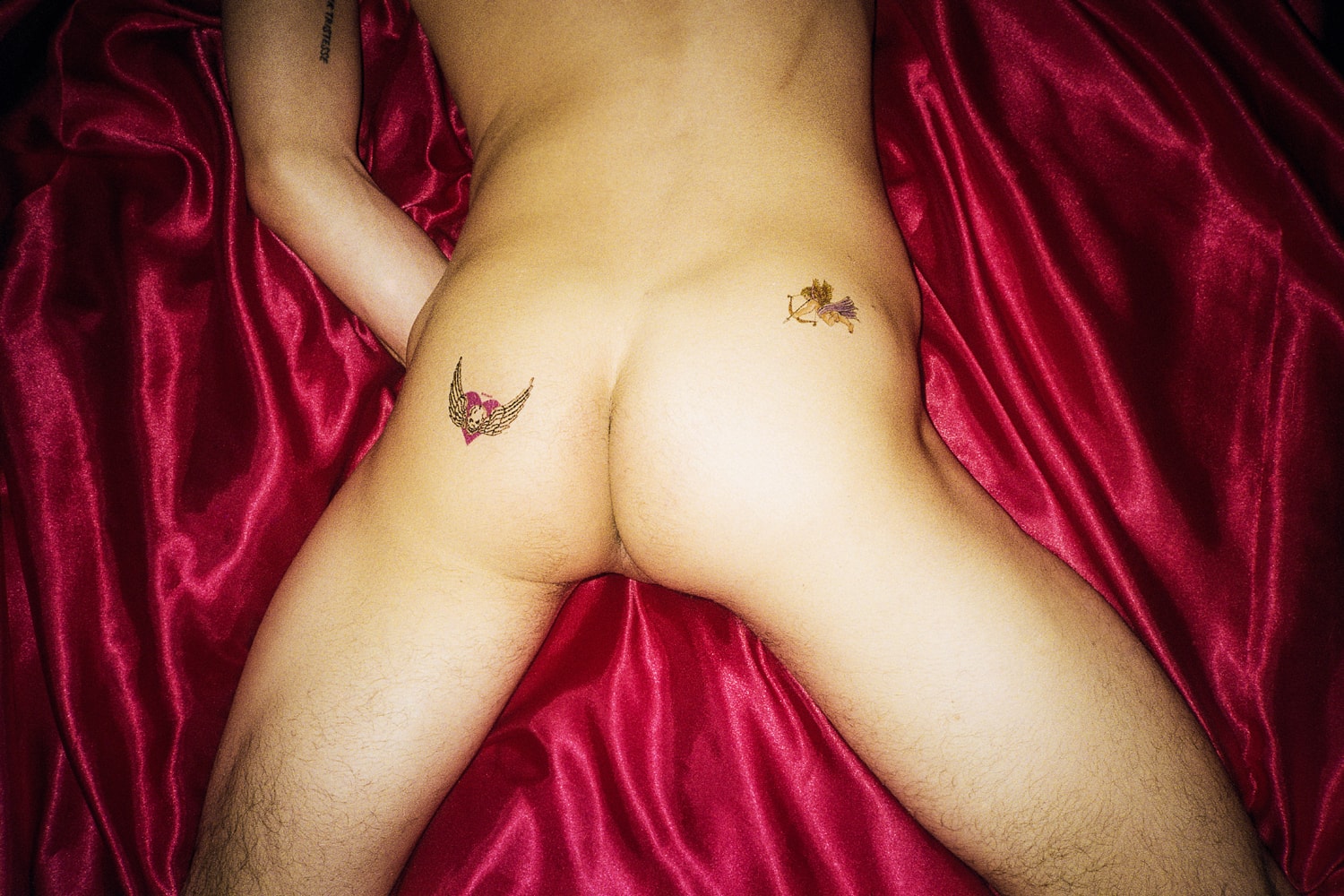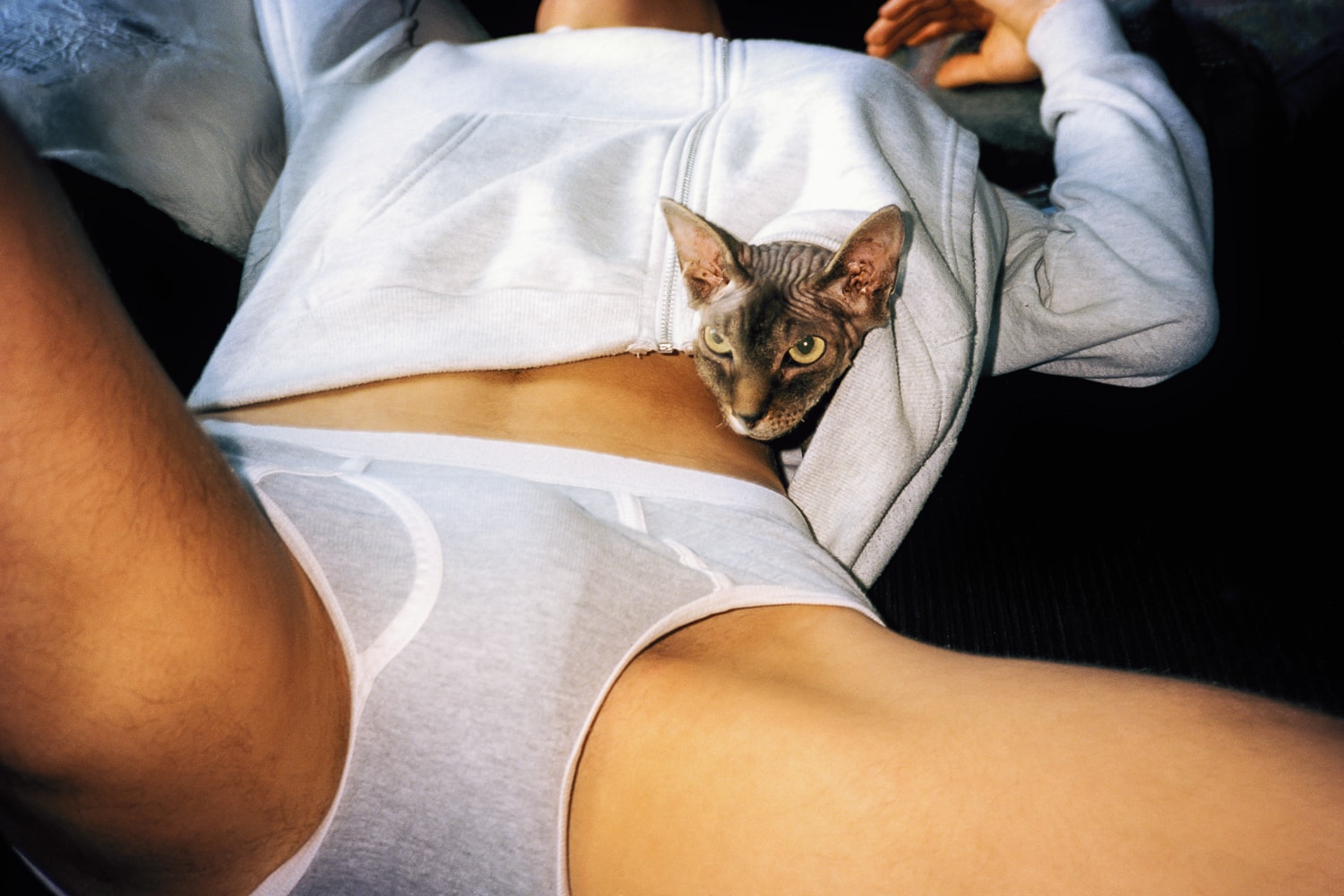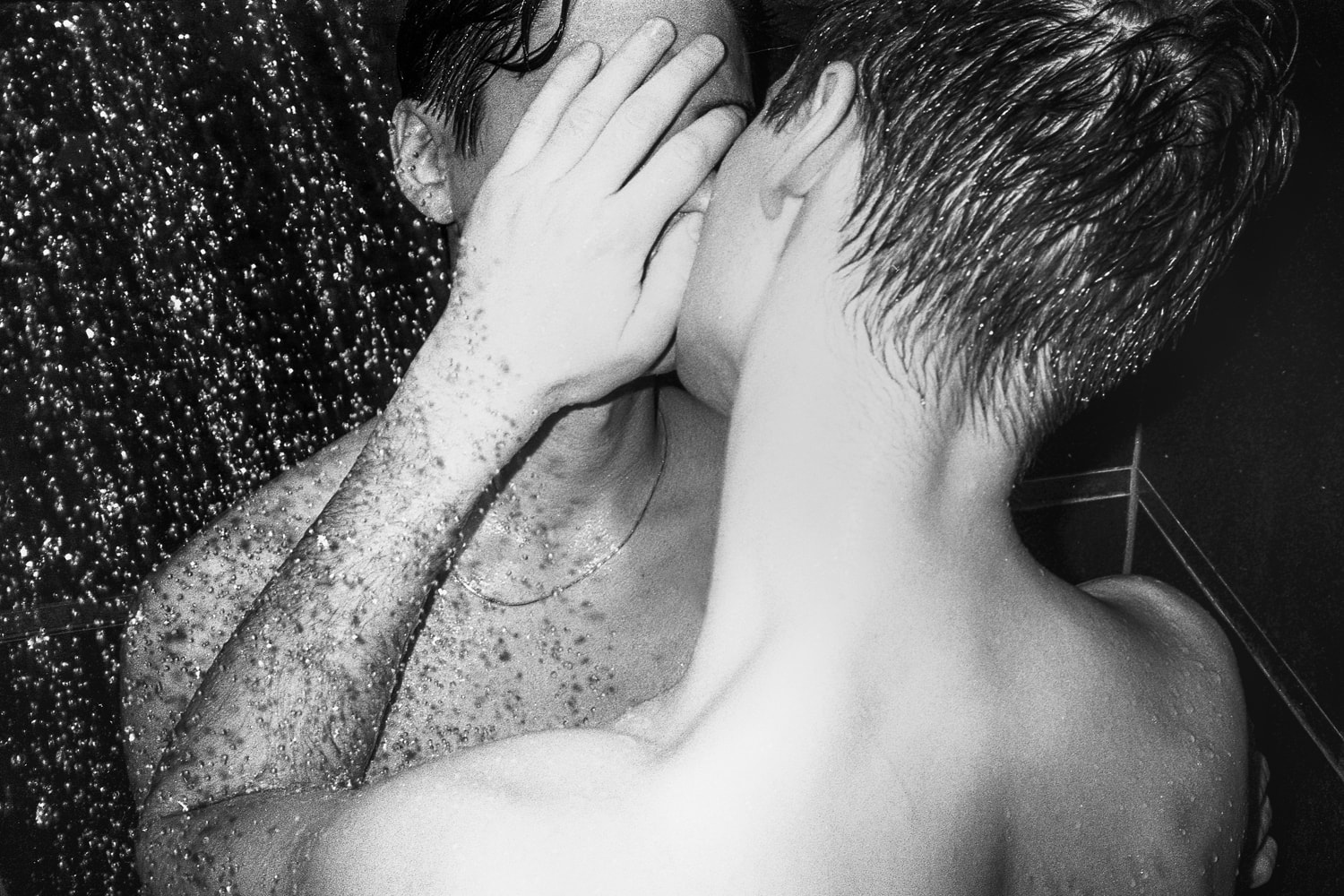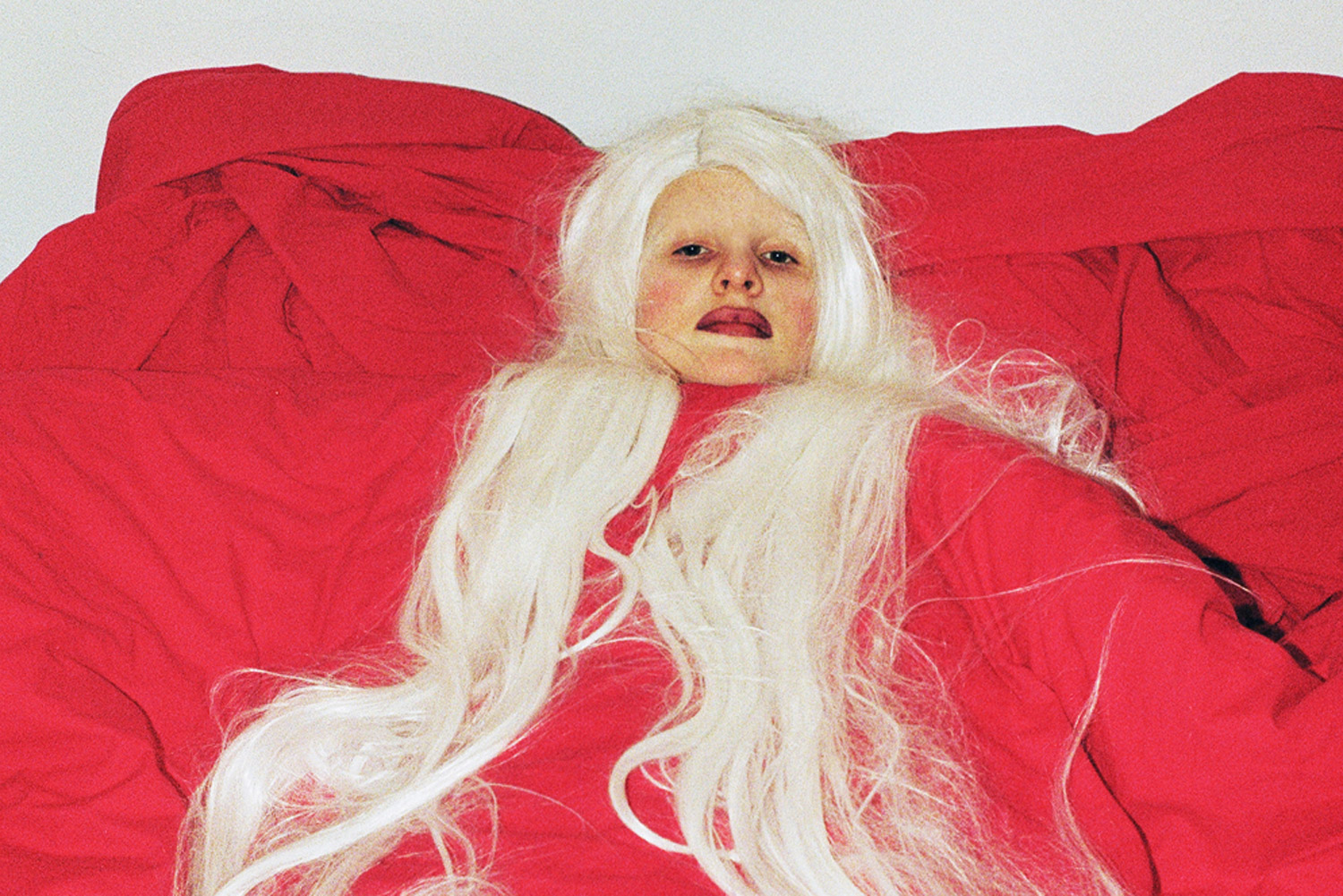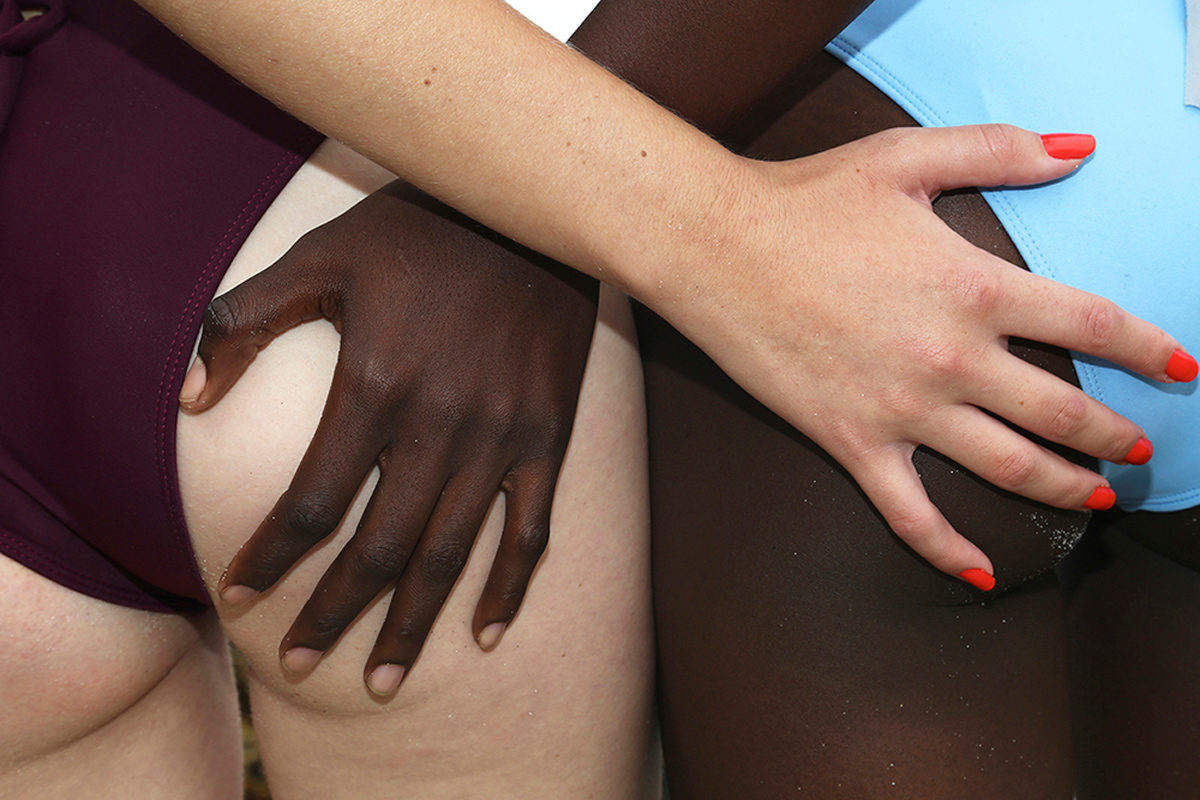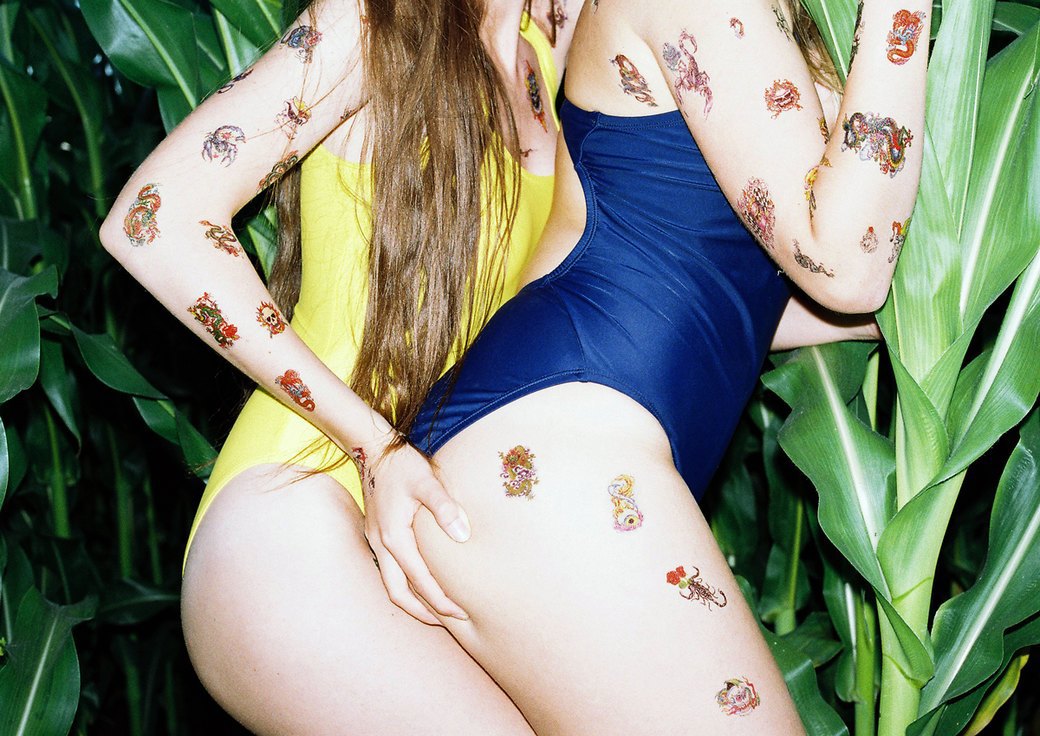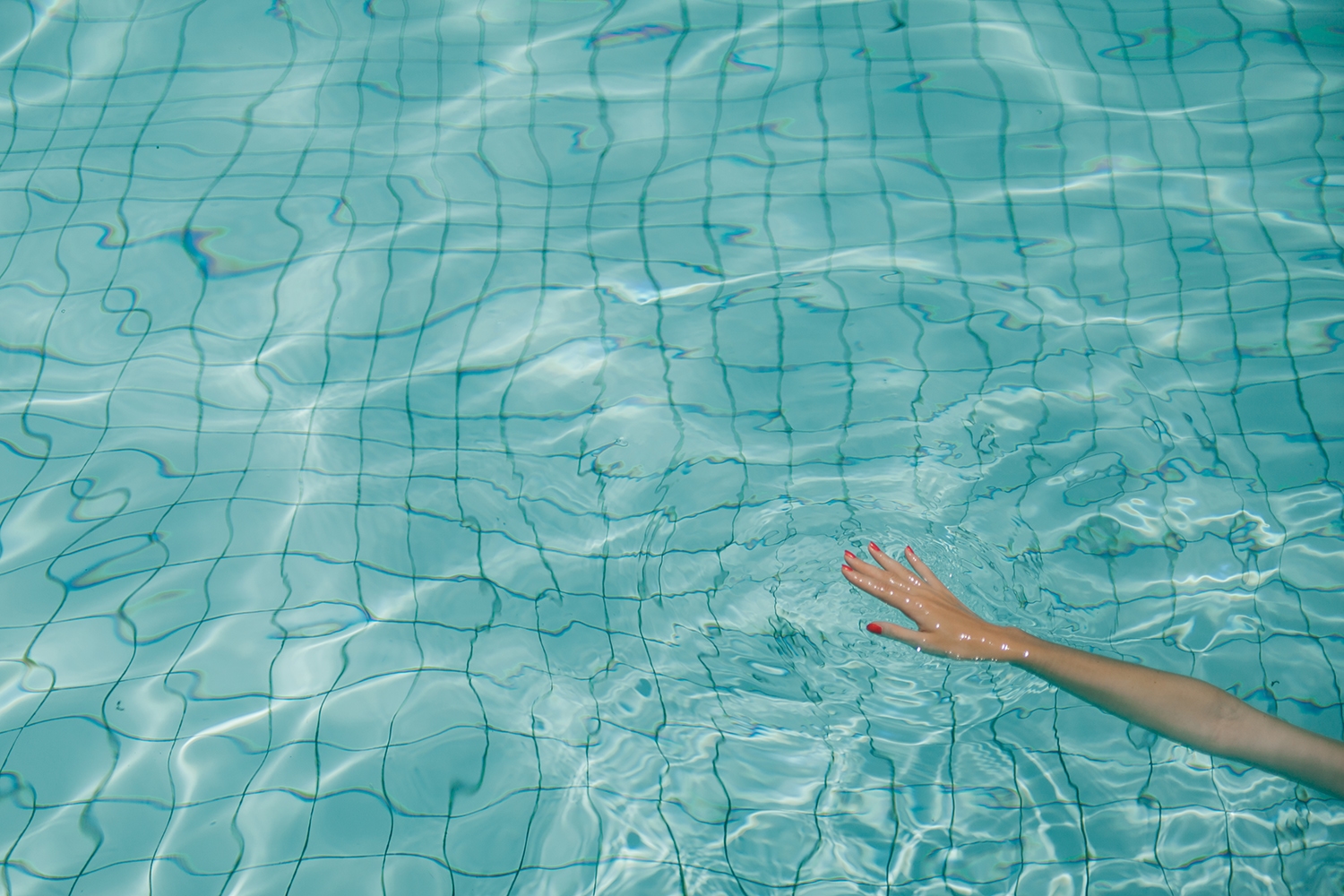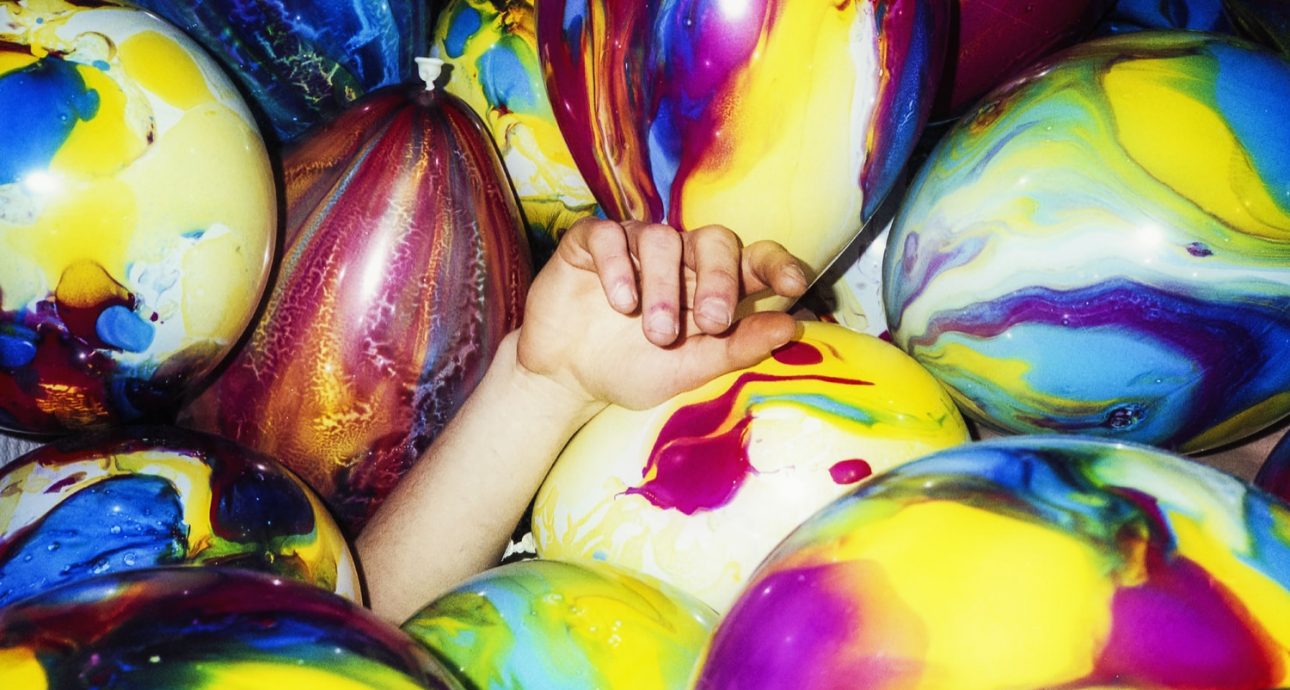
Talent Show: Birk Thomassen
— I grew up in a very small village in the Danish countryside and started taking pictures with an old digital camera when I was sent to boarding school as a teenager. I needed a creative outlet and took up photography when I realized I was not very good at painting and drawing.
I think beauty is an important tool when it comes to making artwork. For me, this means that I often end up focusing on what is beautiful and interesting to me.
The book “RED” was the first project I ever finished and the first project I shot on film. It was an exercise in letting go and freeing myself from my previous way of working which was very controlled, technical and primarily digital. With “RED” I wanted to allow myself the luxury of being seduced by my surroundings and then putting it all into context later. Today, I make most of my work this way — by having an idea, a word or a feeling at the back of my mind, and then allowing myself to work freely with that, without the restrictions of clumsy digital cameras, tight concepts and the fear of failing that, for me, always comes with that approach.
I like to think that my work does not consist of a bunch of random cool pictures. The work comes from me and thus it is made up of things and themes I find interesting.
I think this is a very common misconception when it comes to the reading of fine art photography — to think that it documents reality. Because of the history of the medium, photographers are expected to tell stories, to document the world. No one expects a painter or a sculptor to document his surroundings in a truthful and journalistic manner, project by project.
Working with photography in a fine art context, gives me the freedom to express myself and tell the stories I want to tell, the way I want to tell them.
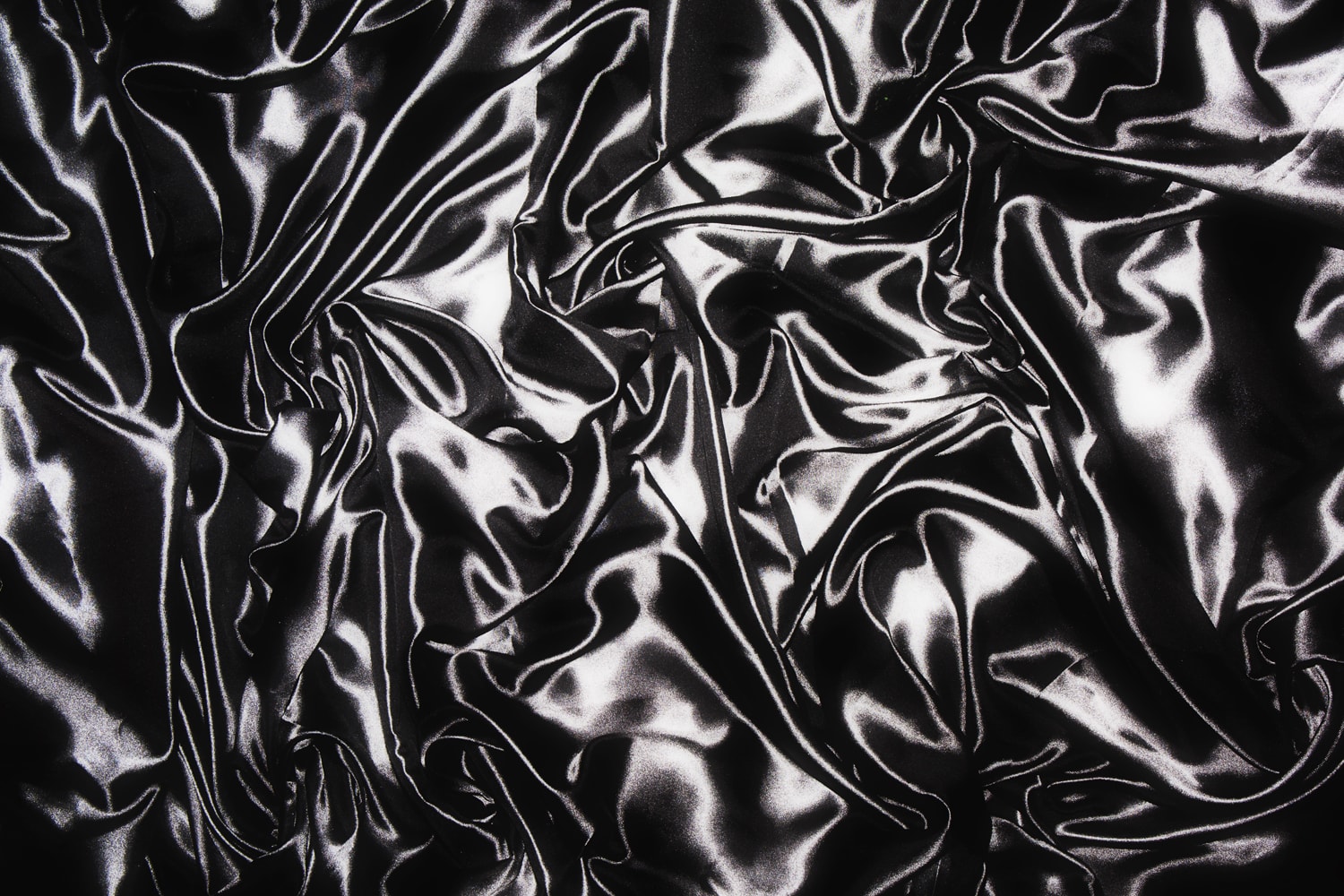
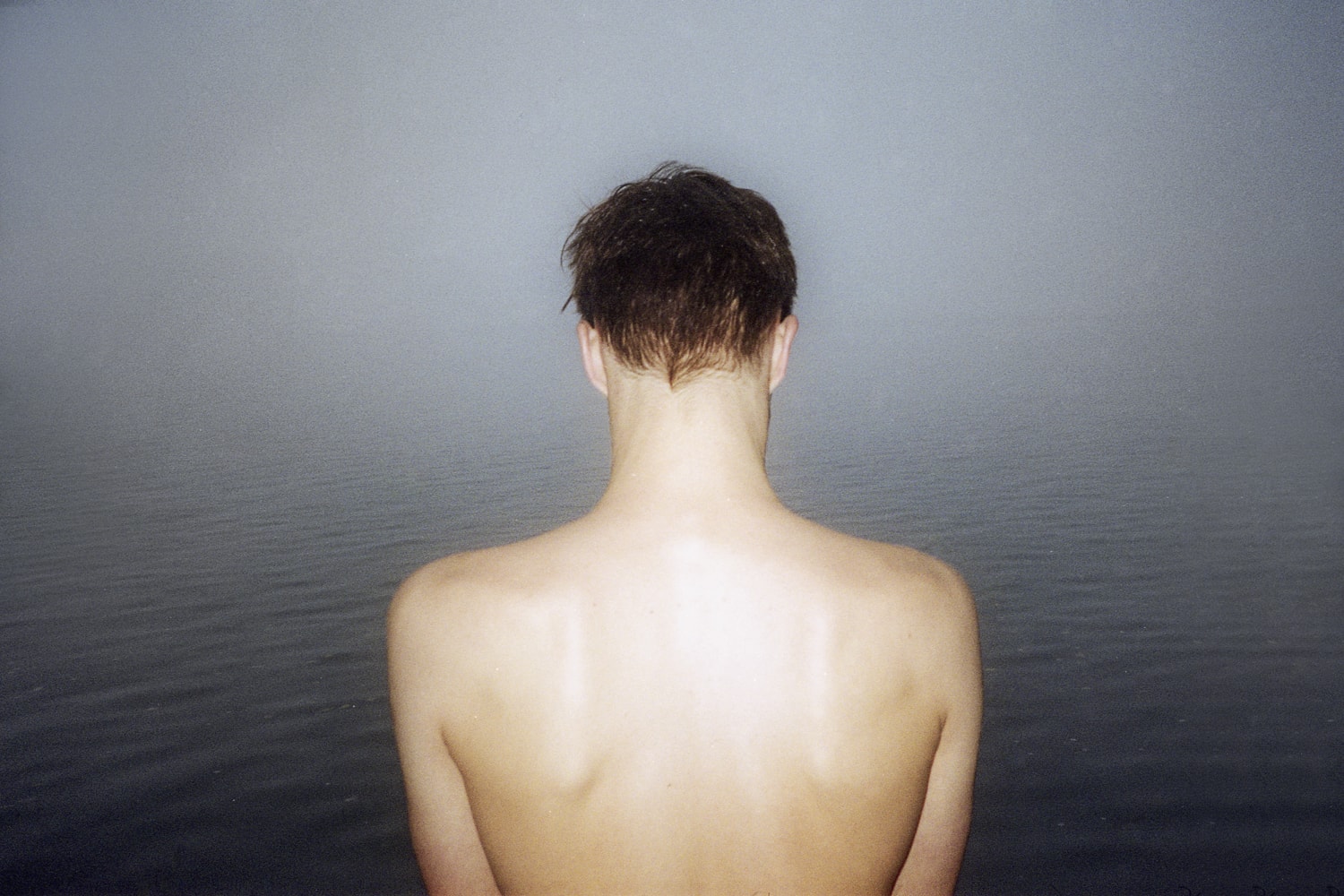
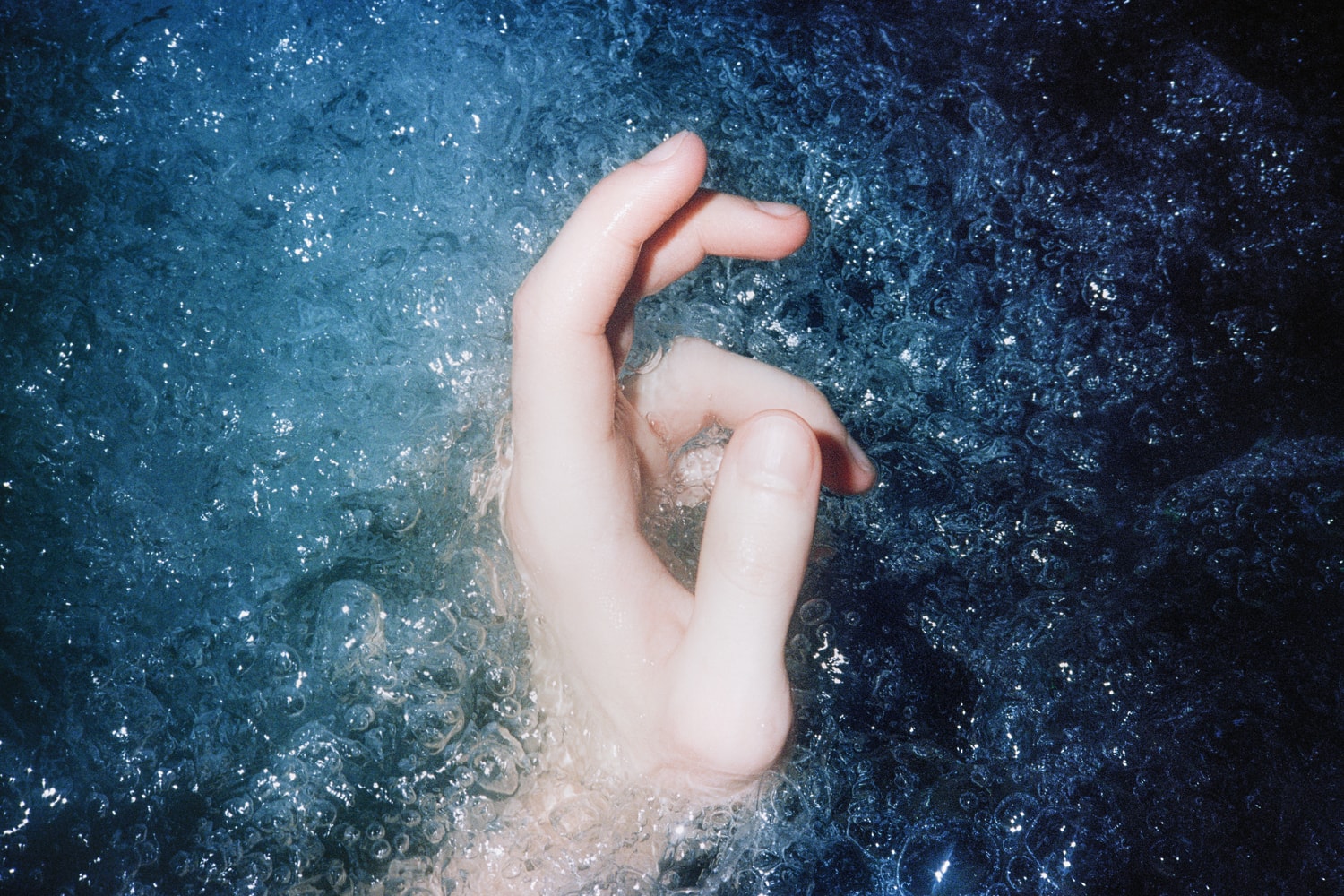
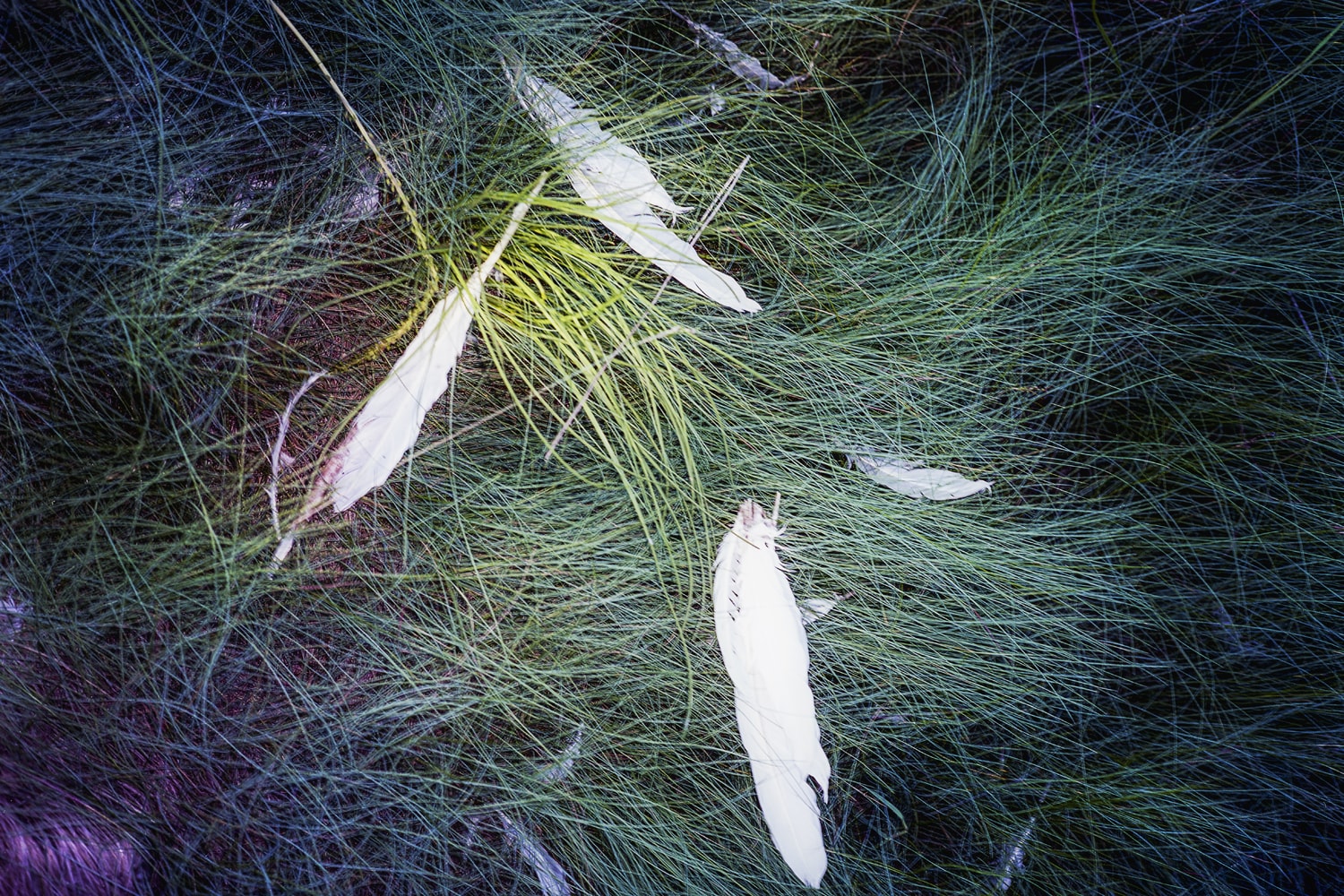
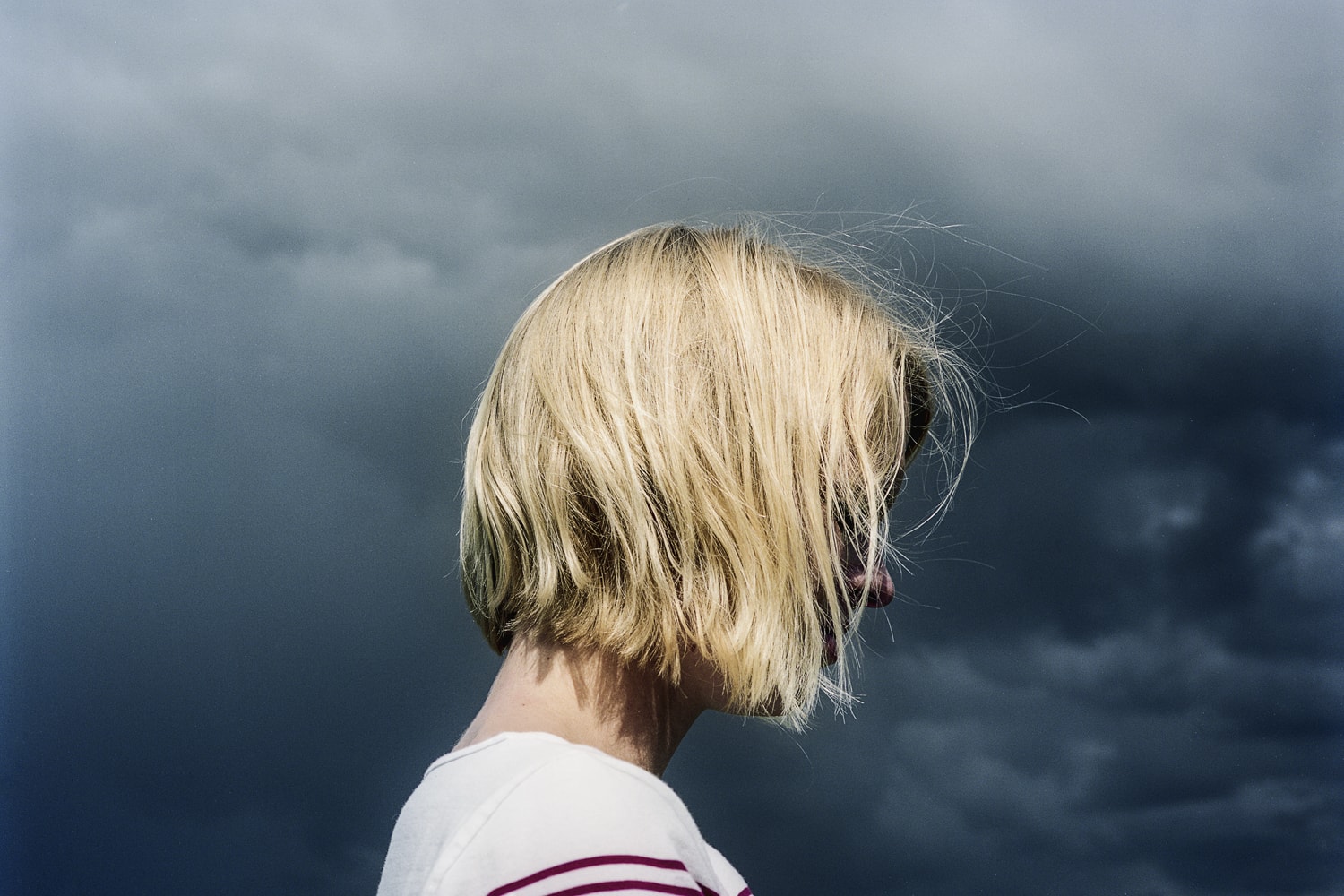
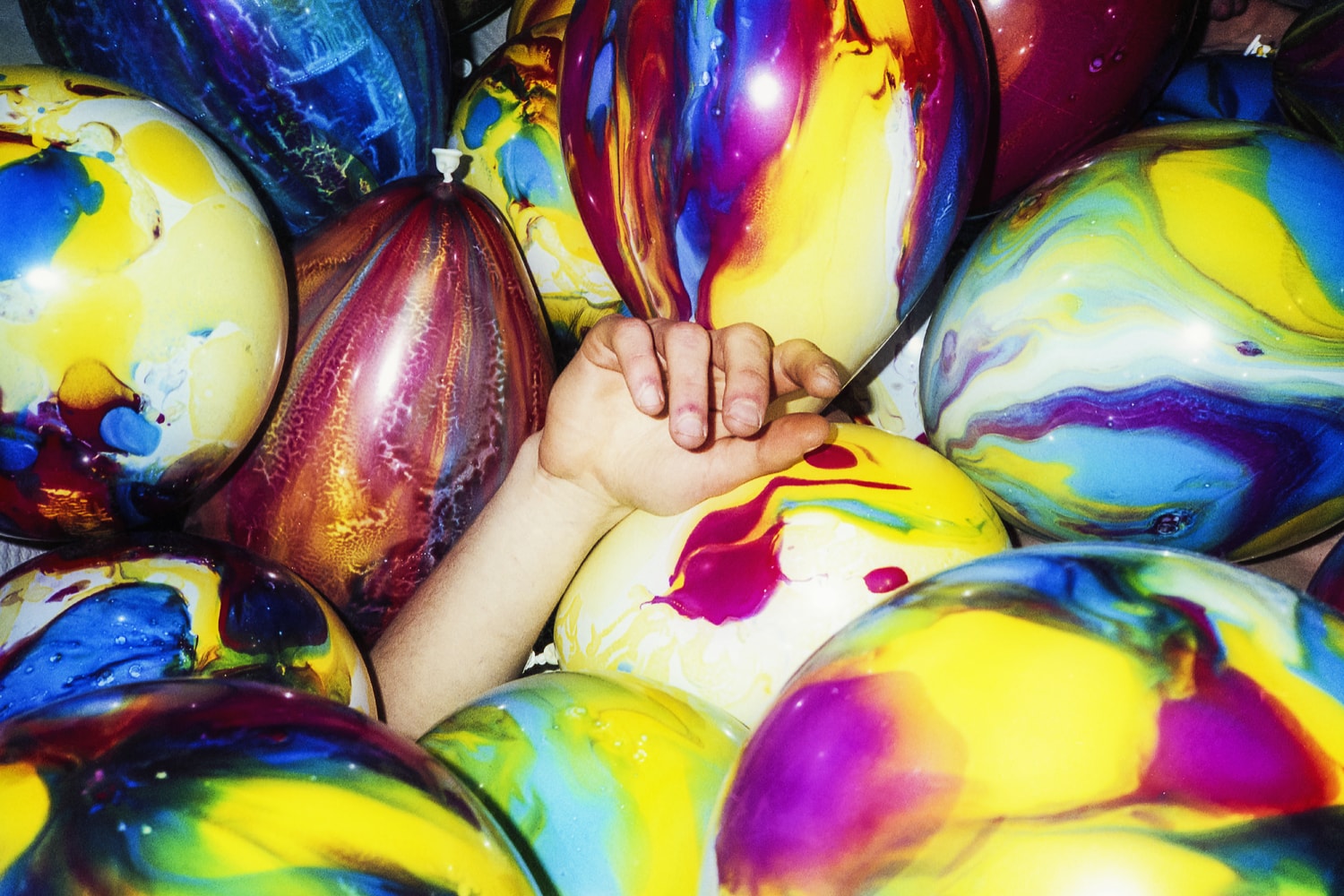
I cannot force people to have a response to my work. If they feel nothing, or simply feel confused, then I guess we are just on different frequencies, which is fine. I hope they can at least enjoy the colors.
Studying in art school primarily helped me by having a lot of time on my hands, and nothing else to do but study. The course has been very free, which essentially means I have spent four years thinking about and looking at images.
I am not very good with photographers and names. I think I get most of my inspiration from literature, music, and cinema. I have a particular weakness for cheesy 90s and early 00s coming-of-age indie films and books about promiscuous teenagers on drugs. Maybe because my own teenage years were so painfully boring in comparison.
There is a lot of skin in my work but not really a whole lot of explicit nudity. Either way, none of my family and friends are scared of the naked body and why would they be. This was never an issue for me.
Even though I am usually emotionally involved in my work to some extent, it is far from a visual diary of my life. It comes from a place of passion and it is based on my experiences, but it goes through a selection process and the published end result is a work of fiction, rather than a true representation of reality.
I suppose honest work is made by caring about what you do, rather than photographing what you do.
I think many photographers, myself included, sometimes enjoy the safety of being behind the camera and not in front of it. I will sometimes appear in one way or another in my work, but only in moments where I feel comfortable or it makes sense to me. I generally do not like being photographed.
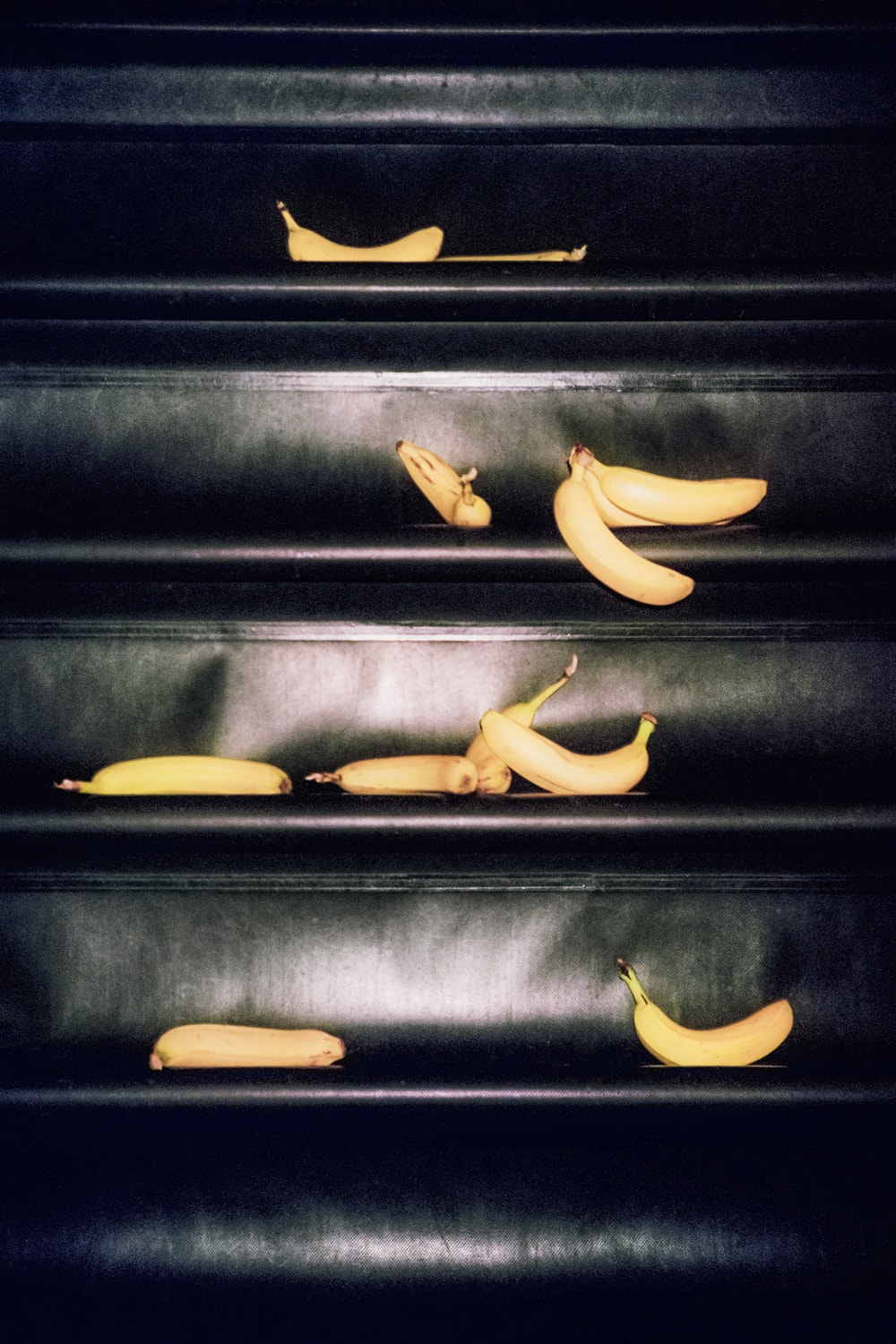
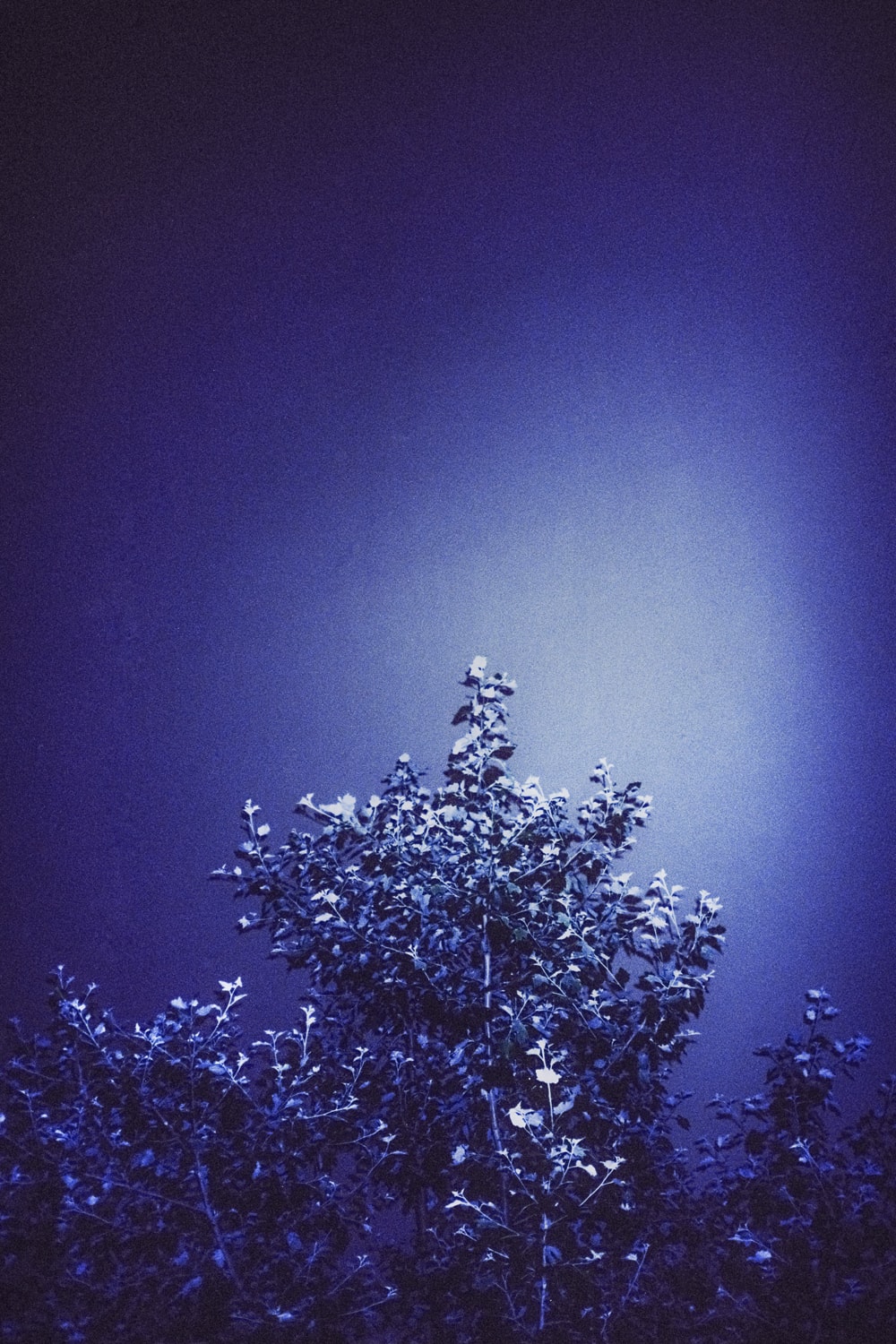
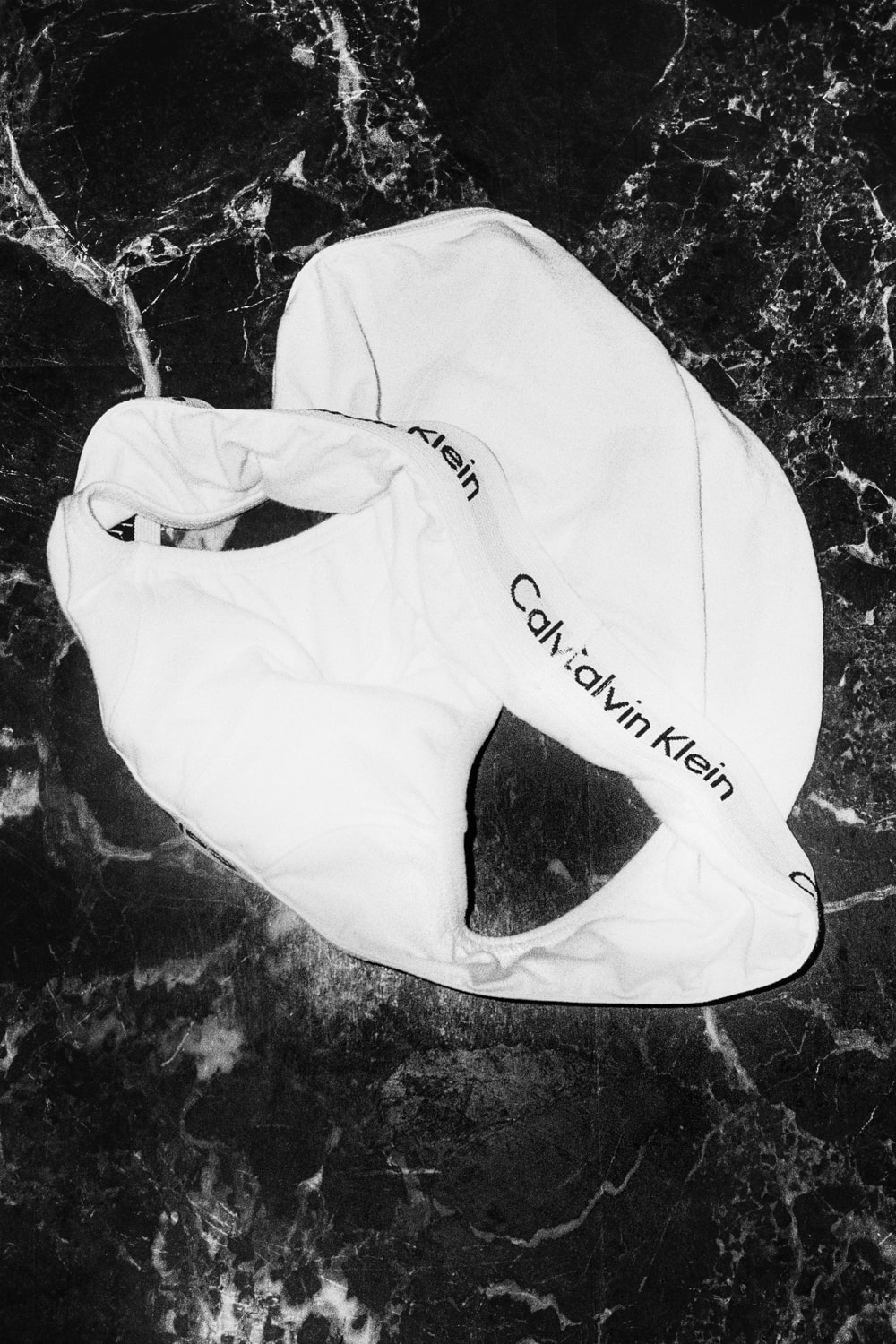
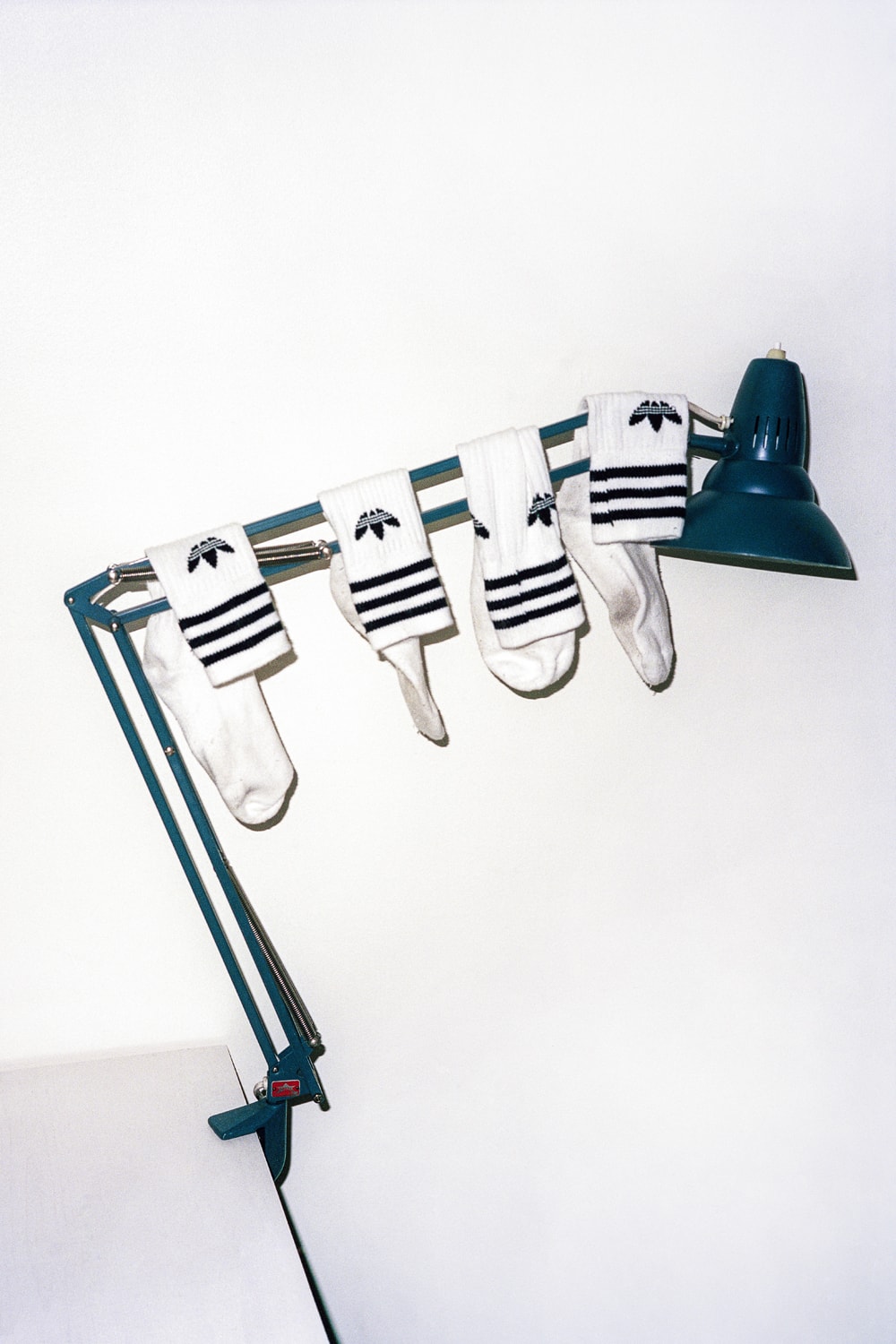
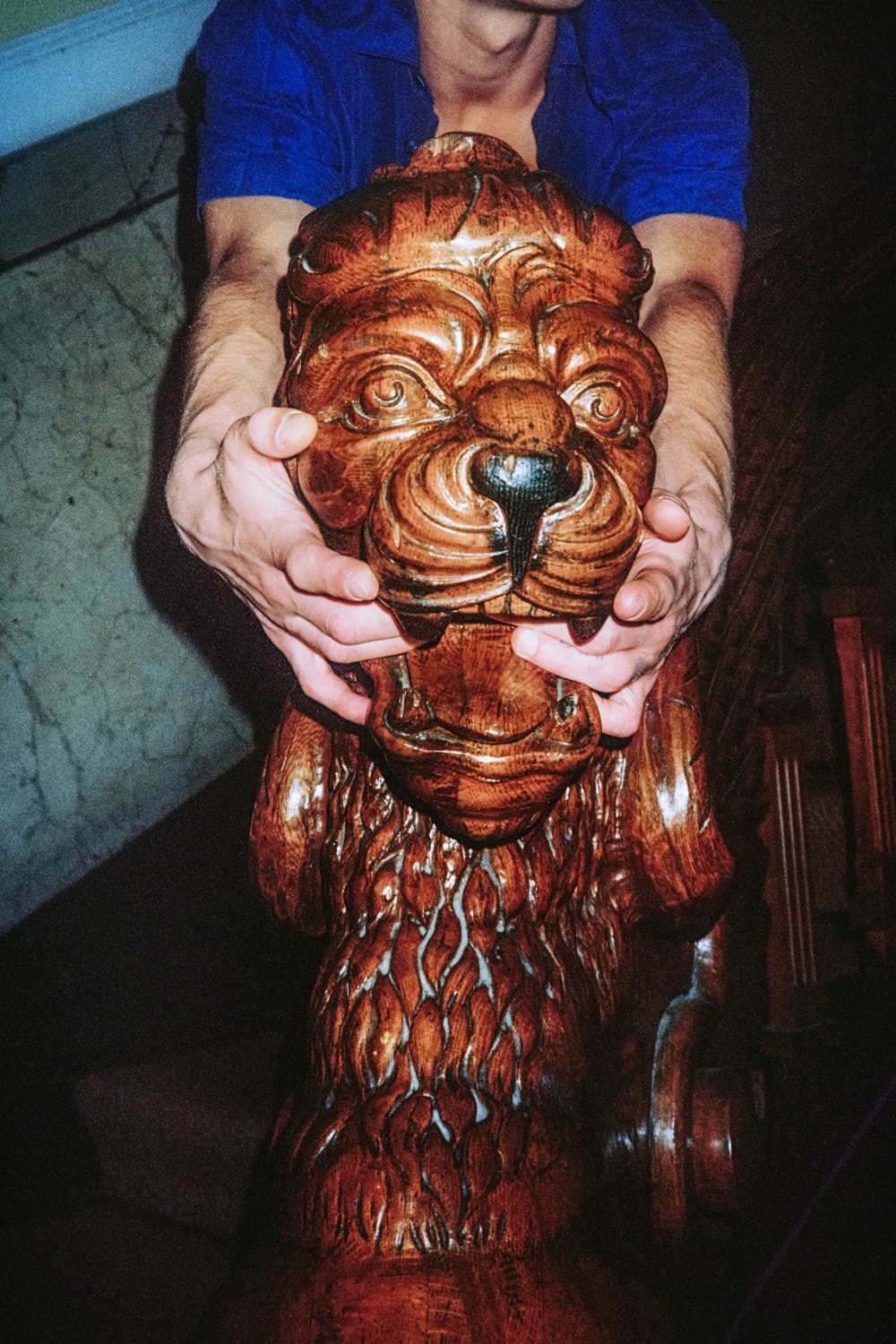
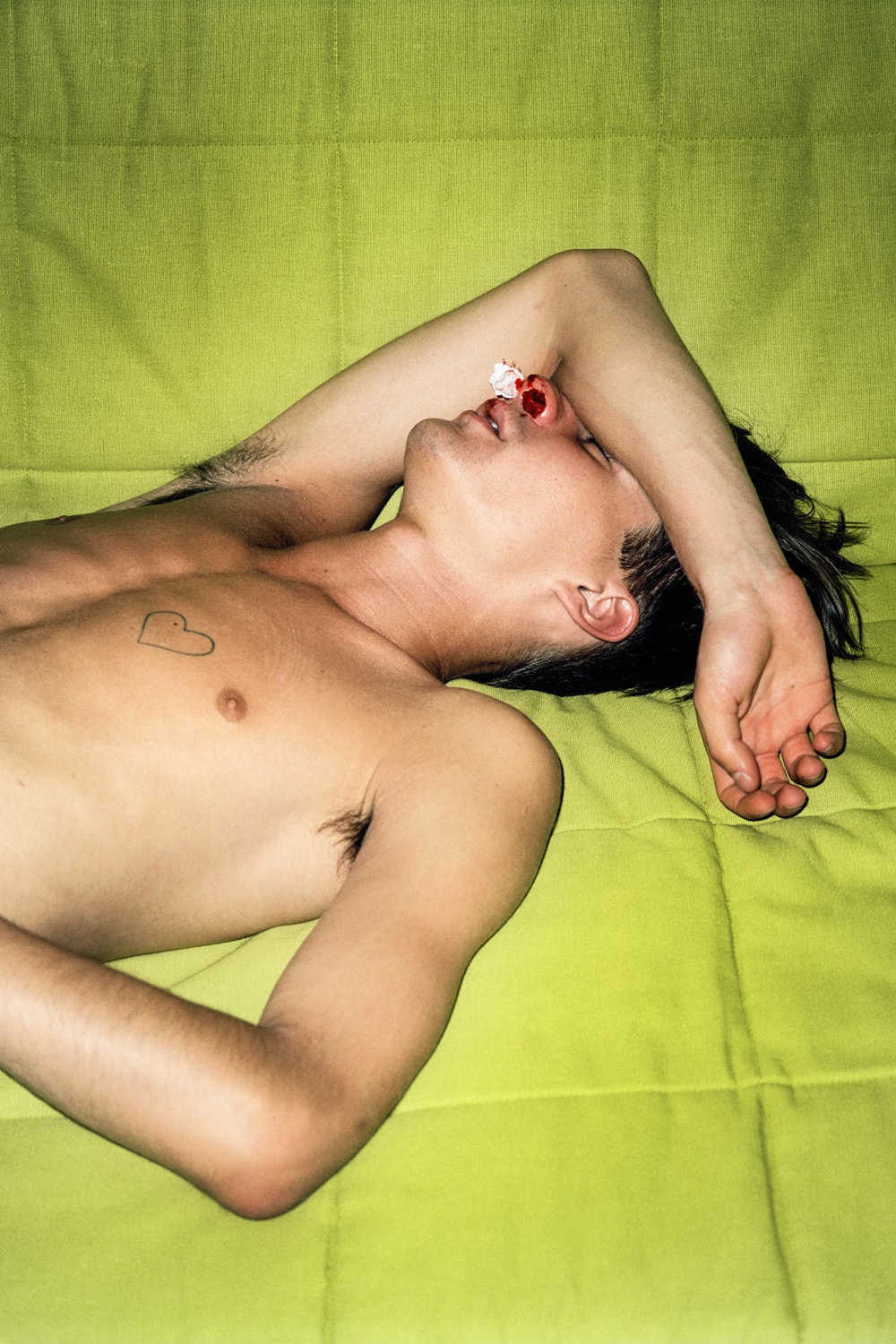
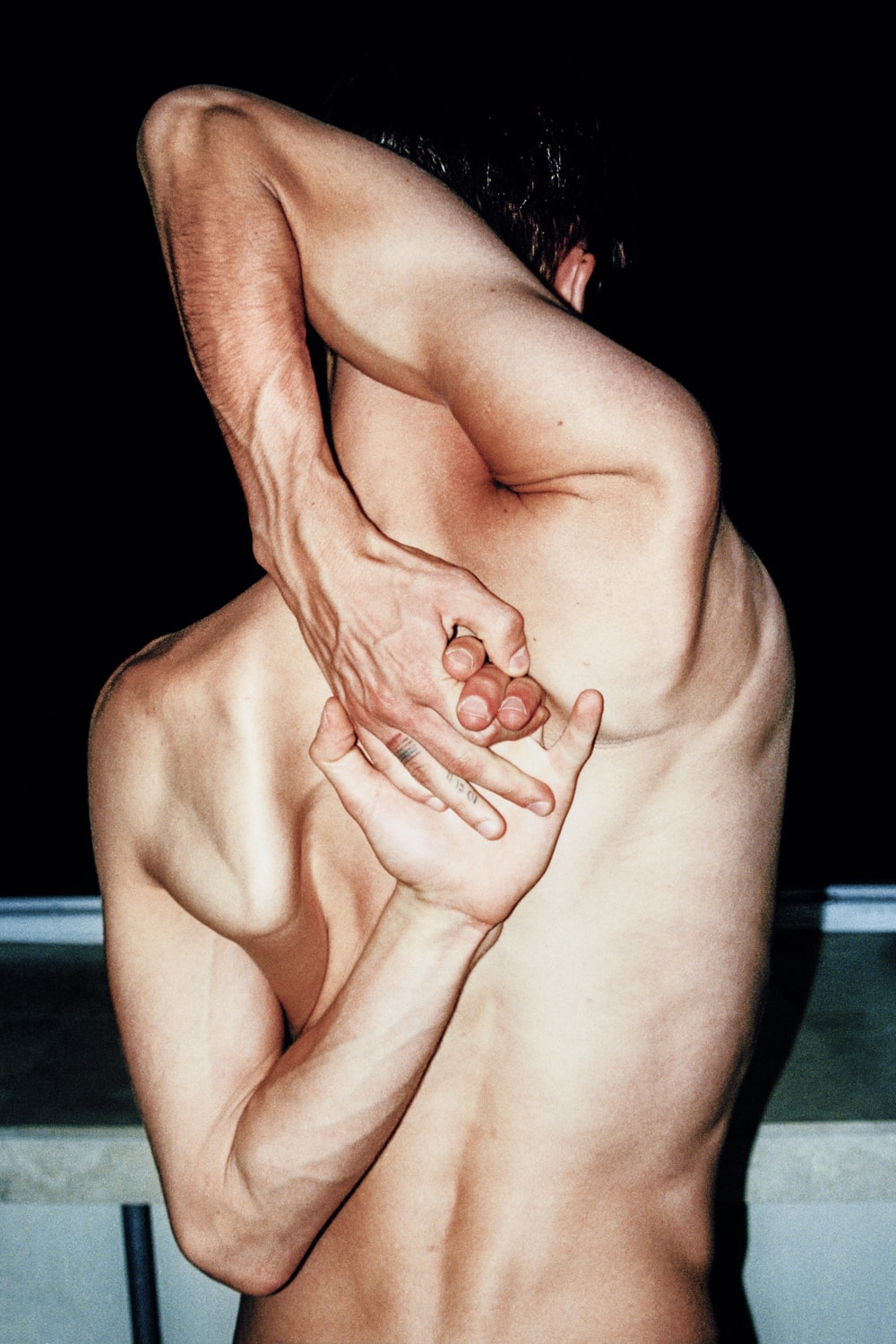
New and best
